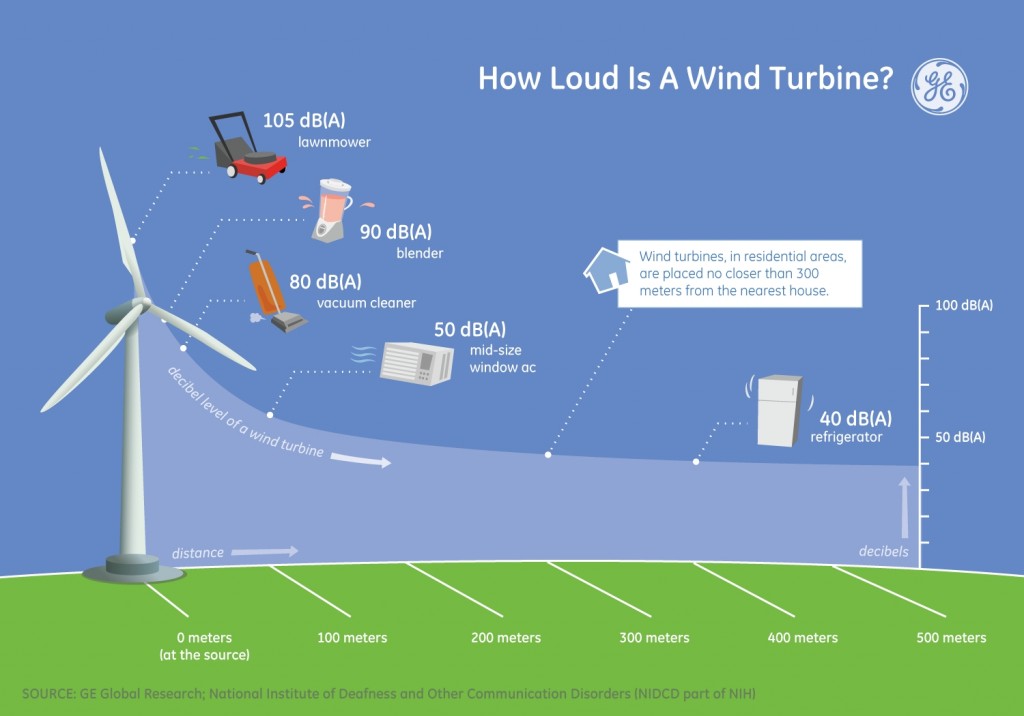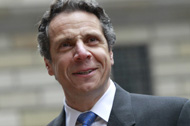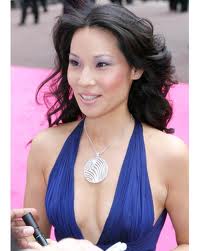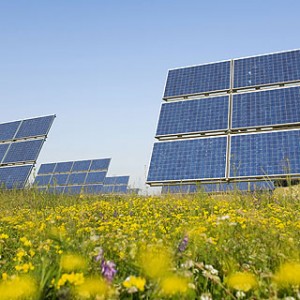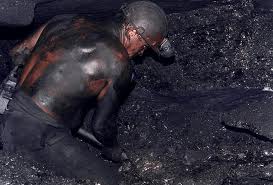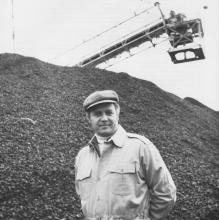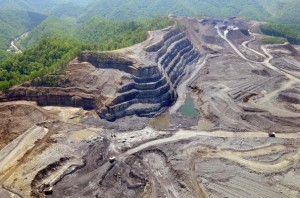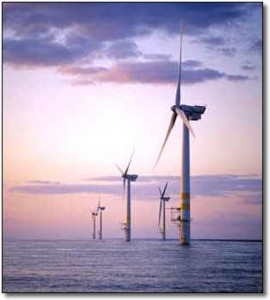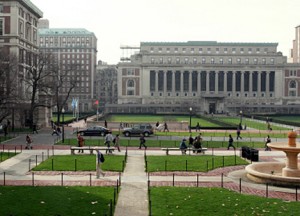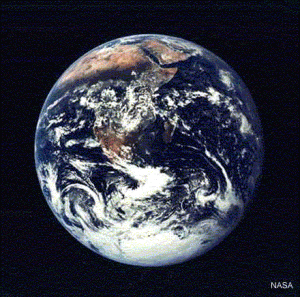From Powerful Aftershock Complicates Japan’s Nuclear Efforts, by Hiroko Tabuchi and Andrew Pollack in The New York Times.
TOKYO — The strongest aftershock to hit since the day of the March 11 earthquake and tsunami in Japan rocked a wide section of the country’s northeast on Thursday night, prompting a tsunami alert, raising fears of new strains on the crippled Fukushima Daiichi nuclear plant and knocking out external power at three other nuclear facilities.
The public broadcaster, NHK, said two people had died in Miyagi and Yamagata, including a 63-year-old woman whose ventilator stopped working in the blackout. Many more were injured. About 3.6 million households were still without power Friday morning.
No tsunami was detected, the Japan Meteorological Agency said. The aftershock had a magnitude of 7.1, according to the United States Geological Survey; last month’s quake, which devastated much of the northeastern coast, was measured at 9.0.
But the agency warned of more aftershocks going forward. Many coastal communities were ravaged last month, and some have become even more vulnerable to tsunami waves because sea walls were breached and land levels sank.
Early Friday, injuries were reported in Sendai City and across the region, and blackouts continued in some areas, according to NHK. Five coal-powered power plants also shut down, adding to concerns over energy shortages.
Workers at the Fukushima Daiichi plant were told to take cover until the tsunami warning was lifted, but Japanese officials said at a news conference that water was still able to be pumped into three damaged reactors and a spent-fuel pool at a fourth in the crucial effort to keep their nuclear fuel cool. The plant’s cooling systems were knocked out by last month’s quake and tsunami.
Nitrogen also continued to be piped into the No. 1 reactor, the company said, in an effort to prevent a possible explosion.
The Tokyo Electric Power Company, which runs the power station, said early Friday that it had found no new damage to the plant, and workers had resumed work to identify the source of leaks, found last week, of radioactive water into pipes and tunnels under the complex. Monitoring posts at the plant were not showing any immediate increase in radiation levels, the company said.
